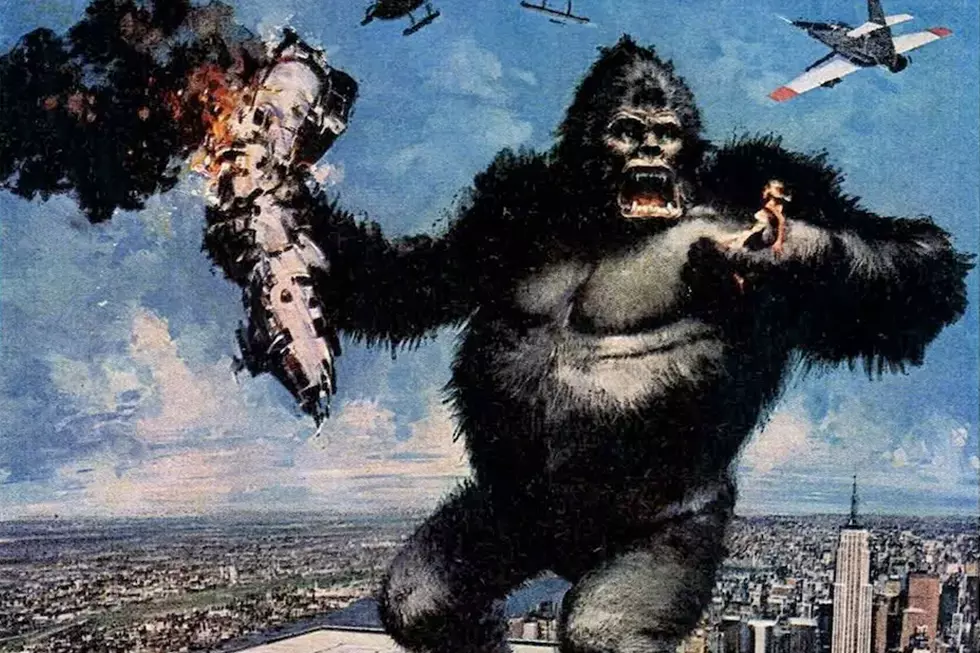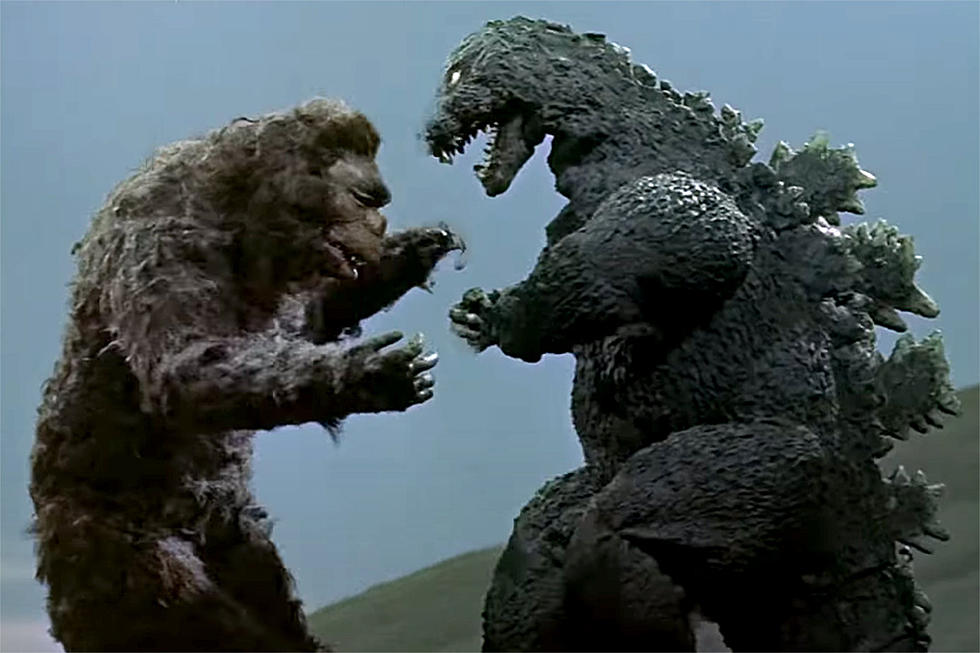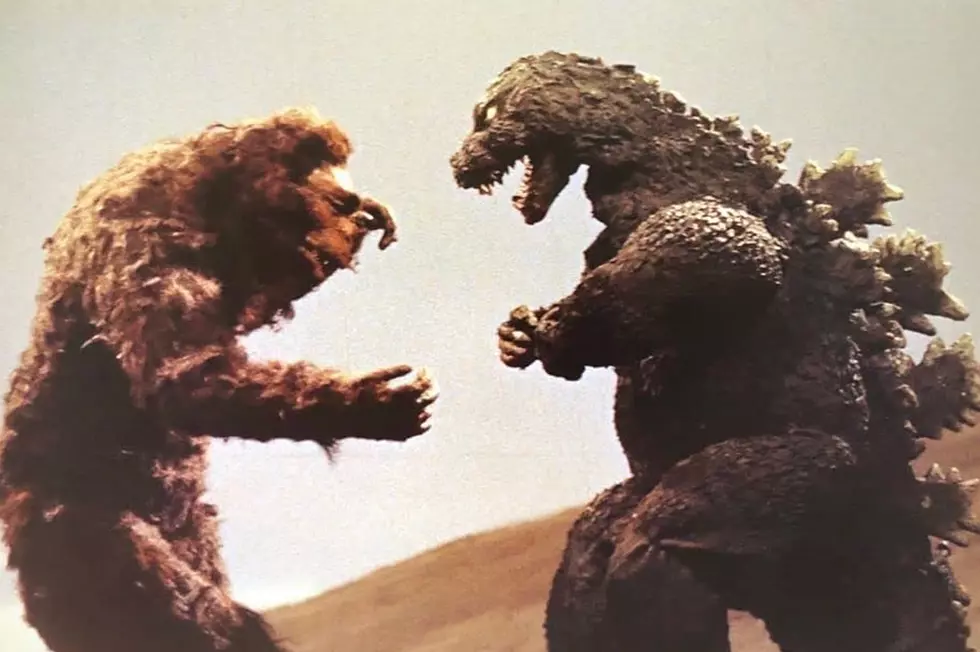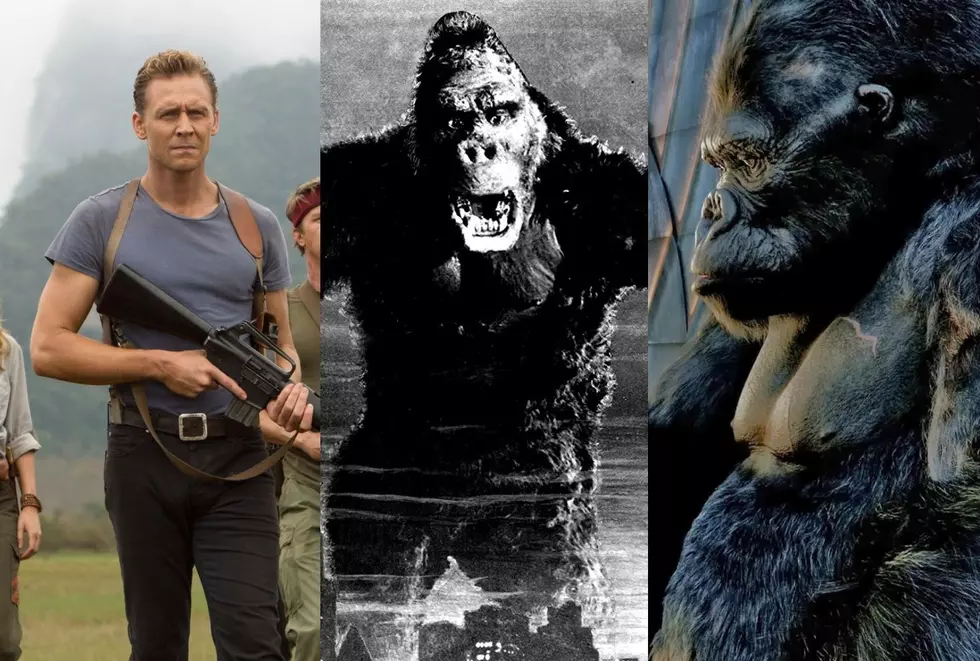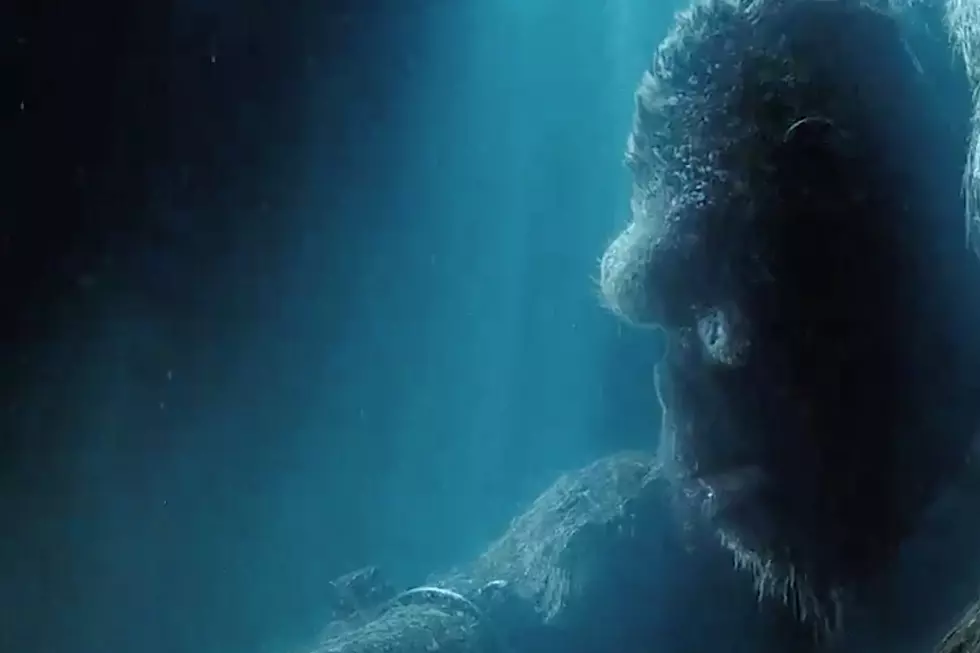
45 Years Ago: ‘Queen Kong’ Gets Caged in Lawsuits
One of the most fascinating aspects of Hollywood is the way big-budget movies often spawn imitators.
Sometimes these make a lot of money themselves, like the long series of '80s slasher films that played off the success of Halloween. Sometimes they fail dismally, like 1988's shamelessly E.T. rip-off, Mac and Me. And sometimes the films are never seen at all, like Queen Kong.
The idea behind the film was simple. In 1976, the world got wind of the fact that producer Dino De Laurentiis was remaking King Kong. The movie, which was harnessing the star power of up-an-coming Jeff Bridges and the talents of gorgeous newcomer Jessica Lange, was sure to be a hit. So the Egyptian-born American impresario Frank Agrama decided to make some money of his own.
He decided to go to England and shoot a parody called Queen Kong, which would open in theaters at roughly the same time as De Laurentiis' film. Agrama hoped to make something in the comedic air of Blazing Saddles, which had come out in 1974. Instead, Queen Kong was strange, often terrible and spawned a series of lawsuits that left it banned from theaters.
Part female-empowerment movie and part female-exploitation flick, Queen Kong was centered on the adventures of filmmaker Luce Habit (Rula Lenska), who decides to take her voluptuous, all-woman crew to an island called "Lazanga Where They Do the Konga" to shoot her new movie.
An ardent feminist, Habit needs a man to star in her gender-reversed picture, so she kidnaps a petty criminal named Ray Fay (a nod to the name of Fay Wray, the woman who starred in the original 1933 King Kong, played by Robin Askwith) and takes him to the island. There, the native population of scantily clad women grab Fay and pop him into a gigantic birthday cake that they offer to their local monster, Queen Kong.
The huge ape falls in love with Fay, only to be captured by Habit; she takes the animal back to London, where havoc ensues. All of this echoes the original 1933 movie, except that in this version the ape survives. At the end, she and Fay head back to "Lazanga Where They Do the Konga" to settle down to a life together.
Watch the Trailer for 'Queen Kong'
In many ways, Agrama's money-making plan wasn't a terrible one. The script is ridiculous, but works reasonably well by the standards of the broad comedies of its time – like the Cheech & Chong movies or Ringo Starr's Caveman.
It was obviously made quickly, but Agrama manages to give the movie the feel of having a somewhat larger budget than it actually does. He shot on location around London and at the famed Shepperton Studios in England, where Stanley Kubrick made Dr. Strangelove and A Clockwork Orange, and Led Zeppelin filmed extra concert footage to pad their Madison Square Garden sequence in The Song Remains the Same.
The result comes close to conjuring a kind of hokey charm. One could almost see Queen Kong turning a profit. But Agrama had forgotten one small detail: the litigious lengths to which Hollywood will go to protect its product.
De Laurentiis sued as soon as he got wind of Queen Kong, as did RKO Pictures, which controlled the copyright to King Kong. Both suits were successful, and Agrama's film was buried. It opened on Dec. 10, 1976 in Germany, but was never released theatrically in England or the U.S.
Queen Kong then essentially disappeared from public knowledge until appearing on DVD in Japan in the late '90s, and then in the U.S. in the early 2000s. That finally helped it achieve a certain kind of celebrity among film buffs, particularly those who enjoy luxuriating in other terrible King Kong knock-offs like A.P.E. (1976) from South Korea or The Mighty Peking Man (1977) from Hong Kong.
Is Queen Kong – or others of its ilk – any good? Not really. But it's an entertaining piece of film history, and if you catch this movie in the right mood, it might make you smile.
The Best Rock Movie From Every Year
25 Interesting Rock Movie Facts
More From Classic Rock Q107

